the mysterious dry paper towel! preparation and materials: students will be divided into groups of 4 or 5 students. every student will
The Mysterious Dry Paper Towel!
Preparation and Materials:
Students will be divided into groups of 4 or 5 students. Every student
will be able to participate and test out the discrepant event.
Each group will receive:
-1 medium sized bowl of water
-1 small plastic drinking glass
-4-5 pieces of paper towel
Safety Considerations: This experiment does not have many safety
concerns. The directions will clearly state that the water must stay
in the bowl. If a cup should crack the teacher will have replacements
so the students will not run a risk of cutting themselves.
Fitting into the Manitoba Middle Years Cirriculum
Grade 6 Cluster 2: Flight
6-2-01
Use appropriate vocabulary related to their investigations of flight.
Include: fluid, pressure, lift, gravity, thrust, drag, Bernoulli's
Principle, propulsion, unbalanced forces
6-2-02
Describe properties of fluids using air and water as examples, and
identify manifestations of these properties in daily life.
Include: air and water flow and exert pressure; objects can flow
through air and water; warm air and water rise
Grade 6 Cluster 0: Overall skills and attitudes
6-0-1A. Formulate specific questions that lead to investigations.
Include: Rephrase questions to a testable form, focus research
questions
6-0-4C. Work cooperatively with group members to carry out a plan, and
troubleshoot problems as they arise.
6-0-5A. Make observations that are relevant to a specific question
Lesson Procedure:
This lesson will follow the Prediction, Observation, Explanation model
of instruction.
Preparation:
-Have the students fill their bowl with water about 8 inches deep
-Have the students crumple one piece of paper towel and stuff it into
the bottom of the cup so that it stays there when turned upside down
The teacher will ask the students for their prediction: “What do you
think is going to happen when you quickly put the cup into the bowl
upside down and hold it there for 3 seconds before taking it out?”
Students will have various responses:
-The paper towel will get wet!
-There will be lots of bubbles!
Each group will put the cup into the bowl upside down. Once they
remove the cup and look inside they will observe that the paper towel
is still dry. Each member of the group will get a chance to try with
their own paper towel.
The teacher will ask the students to try variations of the activity.
With student input or the teacher’s prompting, the students will try
putting more and more paper towel in the cup to see how much is needed
to get wet. They will also try lowering the cup at faster and slower
speeds.
Explanation:
The students actions will show the following:
Regardless of the speed of lowering the cup, the paper towel will
remain dry.
If they add enough paper towel to fill the cup, the paper towel at the
very edge may begin to get wet.
The concept of fluids and pressure will be introduced. The teacher
will say “What we are seeing here is that different kinds of fluid can
exert pressure on each other.”
The definitions of a fluid and pressure will be given:
Fluid: a substance that has no fixed shape and yields easily to
external pressure; can be a gas or a liquid.
Pressure: the continuous physical force exerted on or against an
object by something in contact with it.
In this activity, the water does not come into contact with the paper
towel because air is taking up space in the cup and is pushing against
the water. Both the air and the water are exerting pressure.
We need to remember that just because we cannot see air, it is still
there. As the definition of a fluid states, gas is a fluid, which
means that air is a fluid and is capable of exerting pressure, just as
water is capable of exerting pressure.
Visual explanation:
The teacher will have several signs for each of the students to hold.
The signs will read as follows: paper towel, air molecules, water
molecules, and cup. The teacher will arrange for students with ‘cup’
signs to stand around those with paper towel signs. Under them
students with air molecule signs will stand, and beneath them the
water molecules will stand. The teacher will then instruct the water
molecules to walk toward the air molecules, trying to touch the paper
towel people. The air molecules will push back, and the water
molecules will be forced to rise beside the cup, not being able to
reach the paper towel. This will show that air molecules, even though
they cannot see them, play a huge role in this situation.
What if questions:
Some students may ask further questions that would require some
variables to be changed. For example:
What if we tilt the cup to the side as we lower it into the water,
then put it straight again once it touches the bottom?
This will allow some water to enter the cup because some air will move
out of the side. However, once the entire cup is immersed in the
water, the remaining air will still exert pressure against the water.
As a result, only the lower part of the paper towel will get wet.
What if we used a thicker substance, like pudding instead of water?
Pudding, and other thicker substances are still fluids, therefore the
results would not change. The paper towel would still be clean after
the cup is immersed in the pudding.
Bloom’s Taxonomy: Six Discussion Questions for Students:
1) Knowledge:
What is the definition of a fluid?
2) Comprehension:
Why did the water not reach the paper towel when the cup was placed in
the water?
3) Application:
What is a real life example of two fluids exerting pressure on each
other?
4) Analysis:
Name two other fluids (besides air and water) that could result in the
same outcome.
5) Synthesis:
Suggest another activity that shows how all types of fluids can exert
pressure.
6) Evaluation:
Jane is at a party trying to make balloon animals. Explain how the
interaction of fluids and pressure are essential to her success.
Reference:
Lawson, J, Bowman, J., Chambers, K., Cielen, K., Josephson, N., &
Kamal, A. (2000). Hands on Science, Level 6. Peguis Publishers,
Canada.
Laura Fostey
 TELEFÓNICA LLEVA FIBRA ÓPTICA A MÁS DE 21500 HOGARES
TELEFÓNICA LLEVA FIBRA ÓPTICA A MÁS DE 21500 HOGARES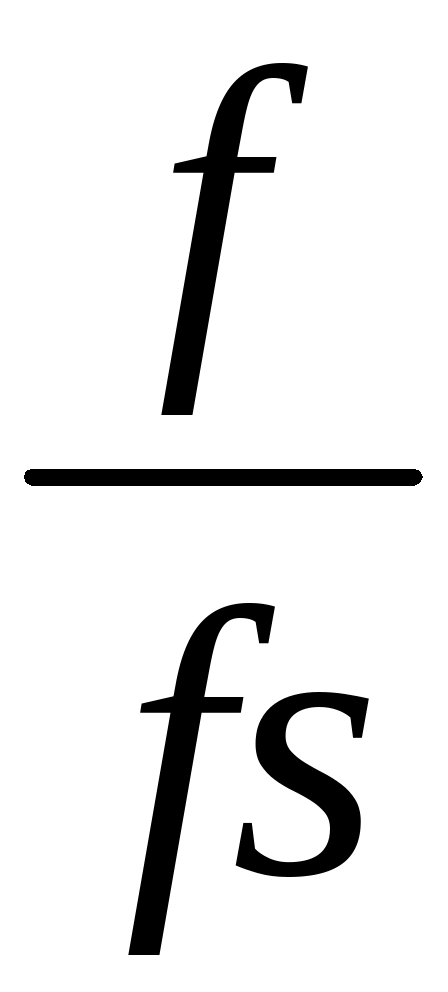 Ieee Trans on Instrum and Meas Vol45 no6 p
Ieee Trans on Instrum and Meas Vol45 no6 p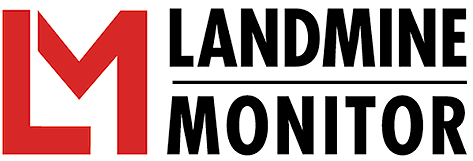 RAPPORT 2006 DE L’OBSERVATOIRE DES MINES VERS UN
RAPPORT 2006 DE L’OBSERVATOIRE DES MINES VERS UN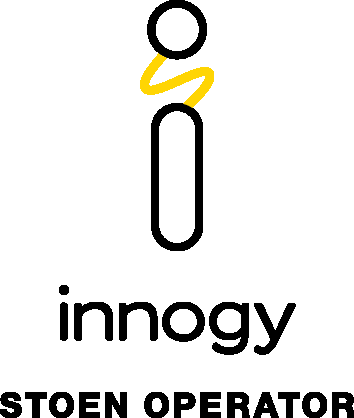 A DRES DO KORESPONDENCJI INNOGY STOEN OPERATOR SP Z
A DRES DO KORESPONDENCJI INNOGY STOEN OPERATOR SP Z RECTANGLE 222 INSTITUTIONAL REVIEW BOARD INITIAL REVIEW FORM
RECTANGLE 222 INSTITUTIONAL REVIEW BOARD INITIAL REVIEW FORM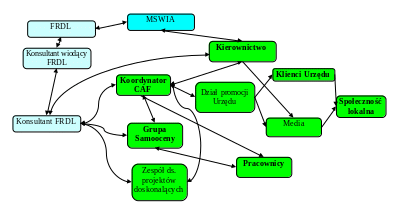 ZARZĄDZENIE NR 762010 STAROSTY ŻUROMIŃSKIEGO Z DNIA 31 GRUDNIA
ZARZĄDZENIE NR 762010 STAROSTY ŻUROMIŃSKIEGO Z DNIA 31 GRUDNIA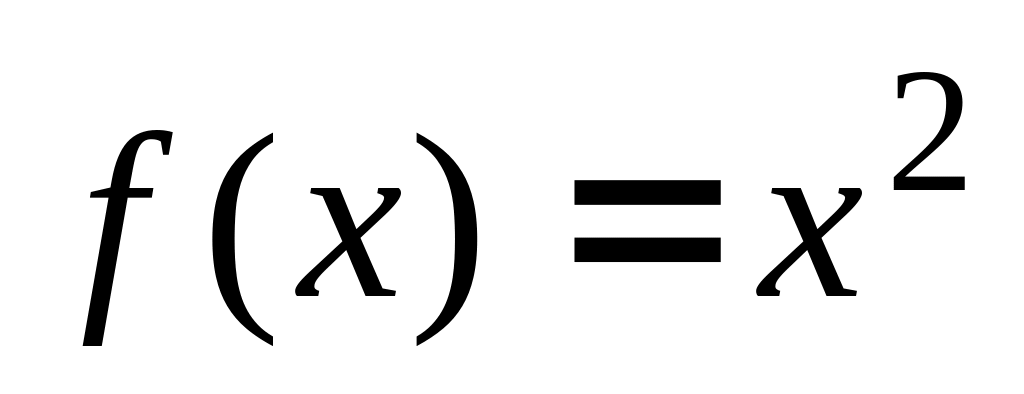 12 SECTION 96 FUNCTIONS AND SURFACES PRACTICE HW FROM
12 SECTION 96 FUNCTIONS AND SURFACES PRACTICE HW FROM